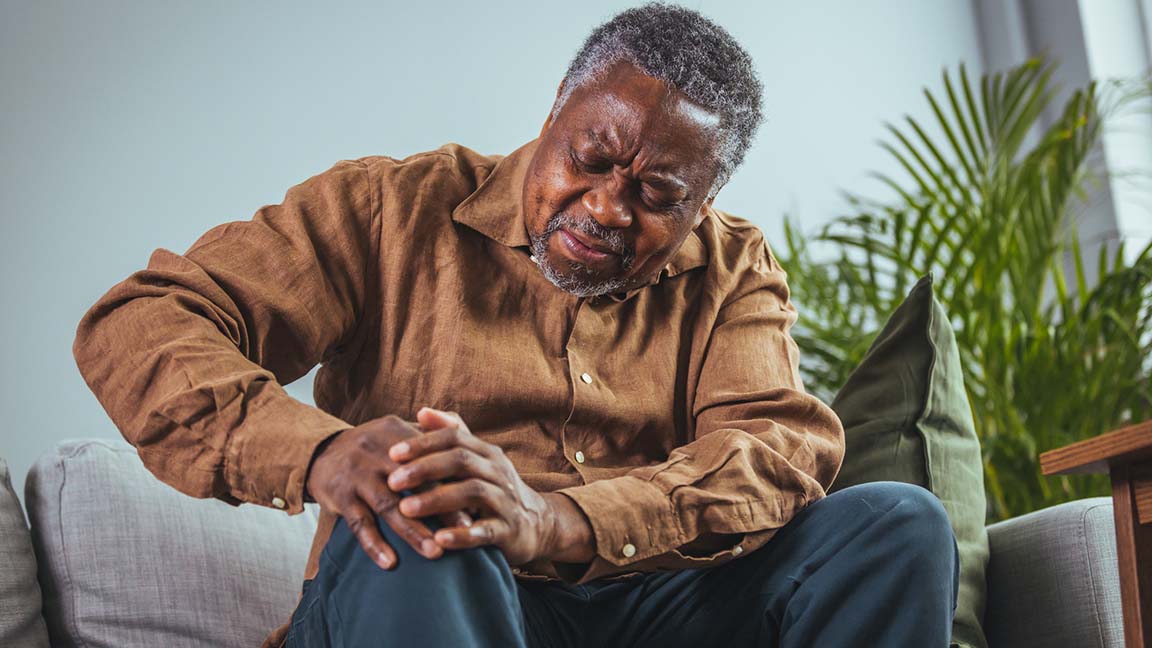It’s a joke as old as the hills.
“Doctor, it hurts when I do this,” the patient says.
The doctor’s reply: “Then don’t do that.”
It turns out, however, what’s good for a laugh isn’t necessarily good for your body, especially if you suffer from chronic pain.
In truth, avoiding the use of a painful body part or limb for a prolonged period can do more harm than good, says Dr. Bert Fichman, a pain management physician at Tidelands Health Pain Management Services at Murrells Inlet.
“The muscles that support your limbs — once they begin to get deconditioned, it changes the way things line up, and that can make things worse,” Dr. Fichman says. “A lot of people find the more active they are, the less pain they’re in.”
People dealing with back pain, for example, can benefit from exercises designed to strengthen their core, which can take some of the strain off their backs, or may find their pain improves with stretching or yoga.
For many people, pain is an inescapable part of aging. The longer we live, the greater the toll wear-and-tear takes on our joints and other body parts. The timing and severity will vary from person to person depending on factors such as jobs, body weight and genetics.
The good news is that treatment can help us stay active and continue the activities we enjoy as we age. The specific treatments each person may need can range from over-the-counter pain relievers to steroid injections to joint replacement for osteoarthritis.
The American Academy of Orthopedic Surgeons recently reported that doctors performed 2.8 million hip and knee replacements in 2022, up 14 percent from the year before. While surgeries can solve some pain issues, they can’t fix everything – there’s no such thing as a spine replacement, for example, Dr. Fichman says.
If you’re struggling with chronic pain, it’s important to seek care, Dr. Fichman says, rather than simply ignore the problem or try to compensate by limiting your use of the affected limb or joint.
After assessing your condition, your care provider can help determine next steps, which may include medication, physical therapy, pain management services or surgery, depending on your unique condition and wishes.
Many people, he says, will benefit from a comprehensive approach to addressing their pain.
“There are a lot of different options out there,” Dr. Fichman says. “For some people, surgery may ultimately be necessary, though typically that’s a last resort when other options don’t work or stop working effectively.
“The key thing is to take a proactive approach to addressing your condition. The earlier you begin to address it, the better.”
